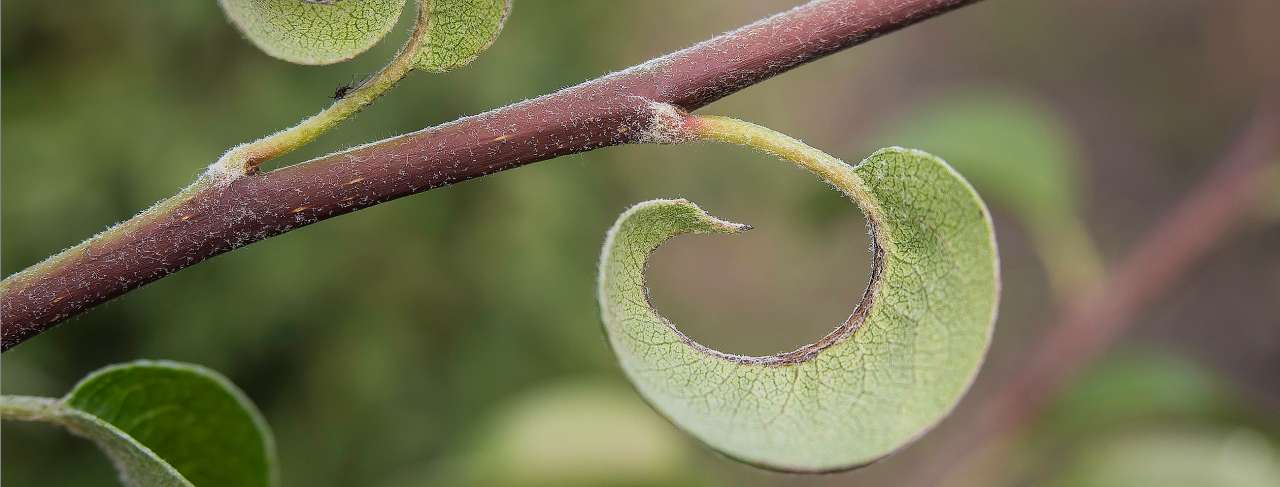Phytoplasmas cause major problems

Photo: Dag-Ragnar Blystad
Phytoplasmas are tiny bacteria that cause growth disorders in plants and crop loss. Since no measures exist to eliminate phytoplasmas from infected plants, it is crucial to prevent their spread.
Phytoplasmas are small bacteria that lack a cell wall. They cause growth abnormalities in host plants, potentially resulting in crop loss. Examples include witches’ broom in apples, stunting in raspberries, and pear decline.
“We know of more than 100 phytoplasma species, and six phytoplasma diseases have been identified in Norway. The most well-known ones are found in raspberries, apples, and pears,” says NIBIO researcher Dr Özgün Candan Onarman Umu.
In winter, phytoplasmas can survive in the roots of perennial plants and spread via the phloem in spring. Symptoms vary by phytoplasma type and plant species and include thin lateral shoots, abnormal leaf growth on flowers or fruit, and premature bud burst.
“Some of these symptoms may be due to natural mutations. If infection is suspected, lab testing is vital to detect phytoplasma DNA.”
The most important measure to prevent spread is using healthy plant material. Phytoplasmas cannot move between plants on their own but are often spread when humans unknowingly use infected material for planting or grafting. They are also spread by sap-sucking insects.
“To prevent spread, producers must test mother plants for infection and keep them free from insect vectors,” says NIBIO researcher Dr Dag-Ragnar Blystad.
If a phytoplasma is detected, all symptomatic plants, including roots, should be destroyed. Witches’ broom and pear decline are quarantine pests in Norway, and any findings must be reported to the Norwegian Food Safety Authority.
Contacts

Purpose
The purpose of OBO Phytoplasma is to strengthen NIBIO’s phytoplasma research community by broadening knowledge of phytoplasma diseases worldwide and developing specialised expertise on the situation in Norway.
Funding: The Research Council of Norway
Contacts

